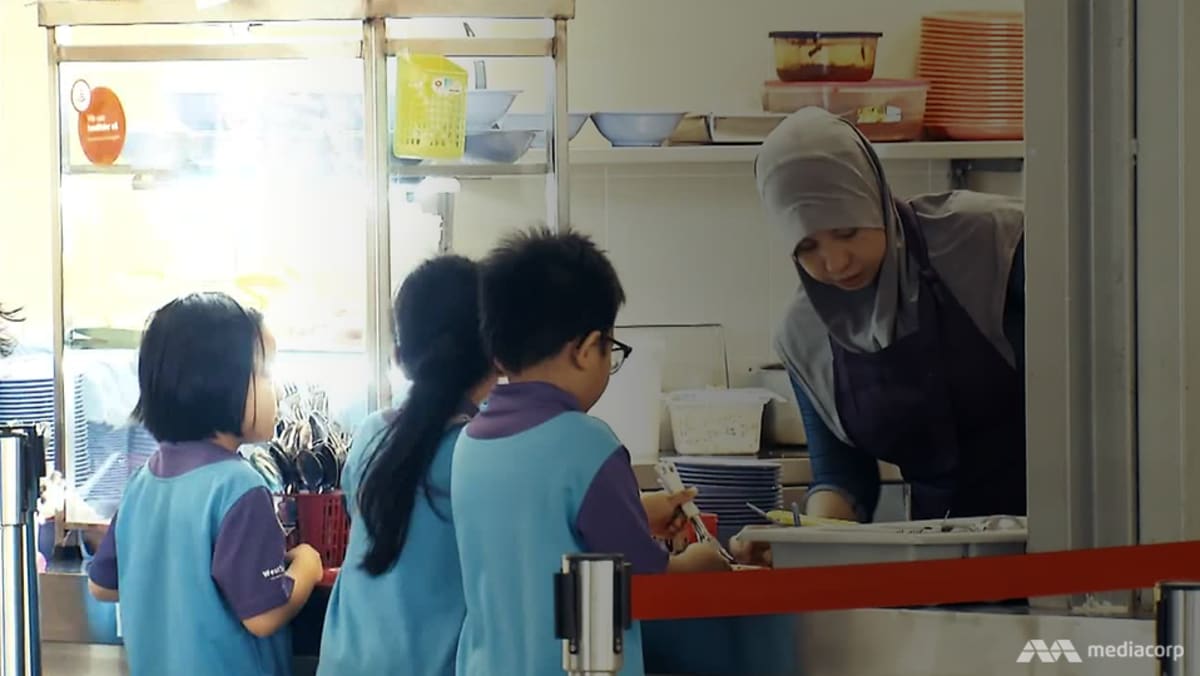THE COST OF CONVENIENCE
While some canteens run by central kitchen operators will still have manned stalls selling noodles, snacks and drinks, students will have fewer opportunities for human interaction. They will collect their pre-ordered meals from machines, rather than chat with the canteen aunties and uncles who remember their favourite dishes, offer encouragement during exams and add warmth to school life.
Beyond the loss of human warmth, centralisation also concentrates risk. A single contamination incident could disrupt meals across multiple schools.
There are upsides to the central kitchen model, however. A school principal told CNA that it has led to shorter waiting times at recess.






